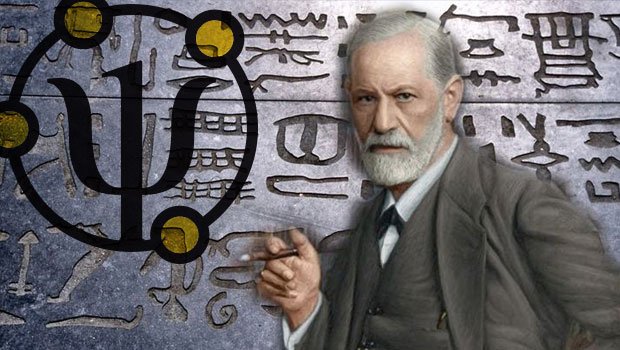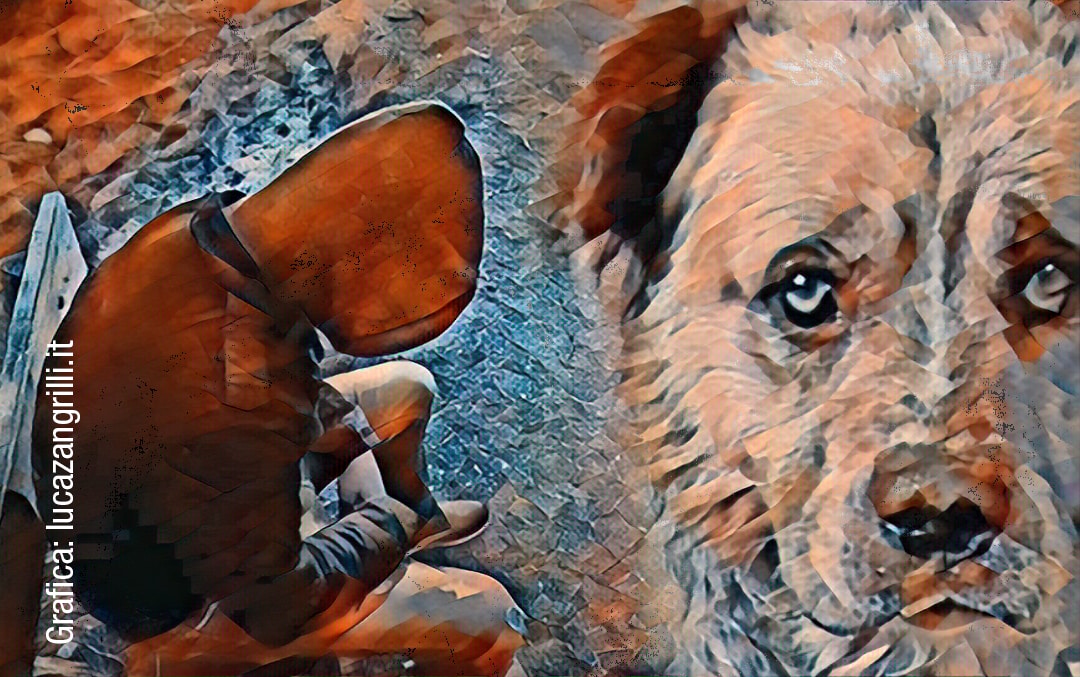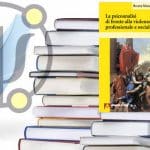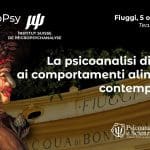Sommario
Introduction
Projected identification is considered as the main focus of Klein’s theory of early infant development and psychoanalytic psychotherapy. In this essay I will initially introduce Melanie Klein’s theory of “self” development, with an emphasis of the infant’s object relation (the good part of love; and bad part of hate) compared to the Freudian’s view of “ego” development and identification concept. Consequently the mental mechanism of “projective identification” will be introduced with an in depth discussion of the “paranoid schizoid” and “depressive” positions including the concept of hate and love. In the second part of this essay, the focus will shift to the relationship between projective identification and psychoanalytic psychotherapy including the process of transference and counter-transference and taking into account Winnicott (1971) and Bion’s (1963) views.
Discussion

Separating good objects from bad objects is considered by Klein as a defence mechanism of splitting. Klein (1946) defined the splitting of good and bad parts of the object as a mental mechanism called “projective identification”. According to Klein, a projective identification of the self would enhance the ego and good object relations.
Before discussing in more depth the notion of projective identification it is necessary to distinguish “projection” from “identification” Projection alone can be considered as perceiving someone else as having one’s own characteristics. Identification, which derives from psychoanalysis, emphasises a state of empathy with the feelings or experiences of others; an unconscious process in which a person has the impression that he thinks, feels or acts like the object (a person). In other words, identification is a form of internalisation in which the individual can model aspects of his or her self upon others.
“Projective identification”, according to the object-relation school, involves getting rid of something belonging to the “self” into someone else aspects of the self which one cannot bear.Projective identification involves a split off in which bad aspects of the self are projected into others.
In Klein’s view this is an attack on the mother (the object) and is deeply denied to the self, whereas, good parts of the self are internalised. This mental state is called the “paranoid schizoid position” which is dominated by the mechanism of splitting. In Klein’s view is not possible to split an object into “good” and “bad” aspects without there being at the same time a split in the ego. In other words, there is constant interplay between introjection and projection.
These two movements take place in two locations, namely between the ego and the inside world and between the ego and the outside world of the baby and adult later in life. Impulses and objects projected externally are subsequently re-introjected.
Understanding of this constant interplay between internal and external worlds is a central point to Klein’s model of the mind. It is evident that Klein main interest is on the infant’sprojection of bad aspects of the self onto the primary object (the mother).
Hated parts of the self are regarded as being identified with the infant body’s excrements. Together with these harmful excrements, expelled in hatred, split-off parts of the ego are projected onto the mother.
These excrements are though to control and possess the object (the mother). As the mother contains the bad parts of the self, she (the mother) is not felt as a separate individual but as the bad self. From the subject’s (the baby) point of view the bad that has been projected is repudiated and it appears to him as an object quite separate from himself. By contrast, from an objective point of view, the bad aspects of the self projected onto the mother is not a separate individual but the bad self. Projective identification is an aggressive action primarily with motives of control. However, Klein makes clear that the mechanisms of splitting and projective identification provide a protection for the internal good object and they are essential for the child development.
© Nicola Caramia
References:
Bion, Wilfred R. (1963), Elements of psychoanalysis, London: Heinemann Medical.
Klein M. (1957), Envy and Gratitude, and Other Works (1946-1963), London: Vintage.
Klein M. (1932), The Psycho-Analysis of Children, London: Vintage (1997 ed.).
Klein, M. (1946), Notes on Some Schizoid Mechanisms, in M.Klein, Envy and Gratitude and Other Works, London: Hogarth (1975); London: Virago (1988).
Klein, M. (1955), The Psycho-Analytic Play Technique, its History and Significance, in Envy and Gratitude and Other Works.
Winnicott, D.W. (1971), The use of an object and relating through identifications, in Playing and Reality, London: Routledge.
Nicola is an organisational management consultant in the private sector. He is a member of the International Society for the Psychoanalytic Study of Organisations (ISPSO); the Tavistock & Portman Foundation Trust; Organisation for Promoting Understanding of Society (OPUS). He holds a BSc (Hons), Psychology, from Birkbeck College University of London and a Masters Business Administration from Colorado Technical University. Since 1998 Nicola has taught in numerous programs devoted to organisational behaviour from a psychodynamic perspective. He is a visiting lecturer in organisational management at the University of Liverpool Management School, MBA Laureate Online. He serves as faculty member in organisational consulting at Regent Business School, MA Program. He is Adjunct Ass. Prof. at Richmond University and a visiting tutor at Boston University (EUSA). In 2005 he received a PgDip in organisational dynamics and a PgCert in psychodynamic counselling from Westminster Pastoral Foundation (Wpf, London). He is author of publications and research studies on perceived stress, personality types and coping strategies. His research interests are: Oedipus complex and narcissism in organisations











